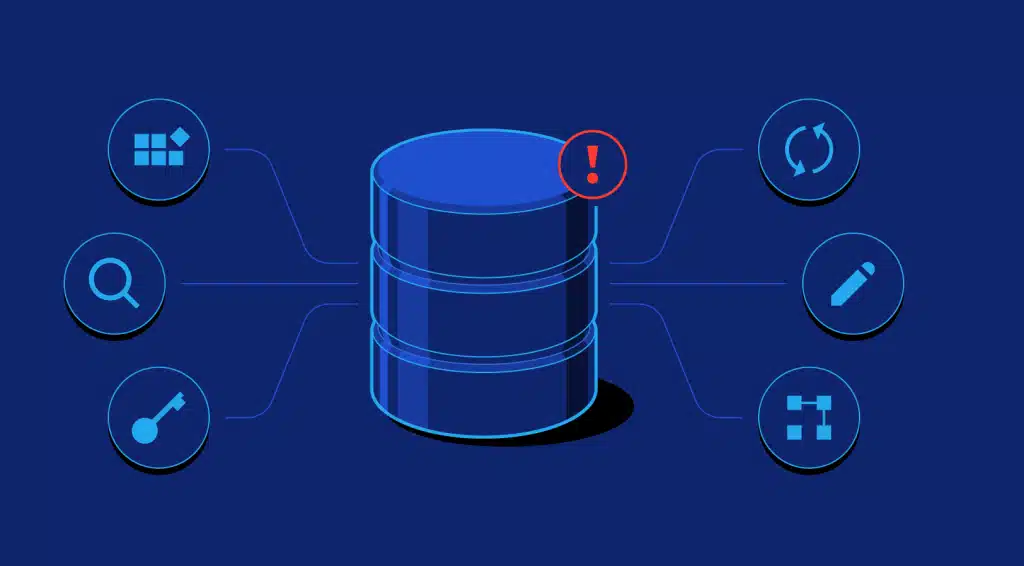Parallel query optimization
is a technique used to improve the performance of database queries by executing them concurrently across multiple processors or threads. This approach leverages parallel processing capabilities to speed up query execution and achieve better overall performance.
Let’s consider a hypothetical scenario where we have a large database table containing customer information, including their names, addresses, and purchase history. We want to retrieve the total number of purchases made by customers in a specific city.
Without parallel query optimization, a traditional sequential query execution would involve the following steps:
- The database management system (DBMS) would parse and analyze the query, generating an execution plan.
- The DBMS would then execute the query sequentially, retrieving the customer records from the database one by one.
- For each customer record, the DBMS would check if they belong to the specified city and increment a counter if they do.
- Finally, the DBMS would return the total count of purchases made by customers in the city.
However, this sequential execution can be time-consuming, especially for large databases. Parallel query optimization can help improve performance by distributing the workload across multiple processors or threads.
With parallel query optimization, the execution steps can be parallelized as follows:
- The DBMS parses and analyzes the query, generating an execution plan as before.
- Instead of executing the query sequentially, the DBMS divides the workload into smaller chunks or partitions.
- Each partition is assigned to a separate processor or thread for concurrent execution.
- Each processor or thread independently retrieves customer records from the database assigned to it.
- Each processor or thread checks if the customer records belong to the specified city and increments a local counter for its assigned partition.
- Once all partitions have completed their processing, the local counters are combined to obtain the final result.
- The DBMS returns the total count of purchases made by customers in the city.
By executing the query in parallel, the workload is distributed among multiple processors or threads, enabling faster retrieval and processing of customer records. This can significantly reduce the overall query execution time and improve performance.
It’s important to note that parallel query optimization effectiveness depends on factors such as the hardware architecture, database design, query complexity, and the level of parallelism supported by the DBMS.
Here’s a real-life example with an SQL query that demonstrates parallel query optimization:
Let’s consider a database table named “Orders” that stores information about customer orders. The table has the following columns: order_id, customer_id, order_date, and order_amount.
We want to calculate the total order amount for a specific customer across all their orders. The SQL query without parallel query optimization would look like this:
SELECT SUM(order_amount) AS total_amount
FROM Orders
WHERE customer_id = '12345';
In a sequential execution scenario, the database would process the query as follows:
- The database management system (DBMS) parses and analyzes the query.
- The DBMS executes the query sequentially, scanning the entire “Orders” table to find the rows where the customer_id matches ‘12345’.
- For each matching row, the DBMS adds the order_amount to the running total.
- Finally, the DBMS returns the total_amount.
Now, let’s optimize this query using parallel query optimization. The specific techniques and syntax may vary depending on the database system you’re using, but I’ll provide a general example using the syntax commonly found in many database systems:
SELECT SUM(total_amount) AS total
FROM (
SELECT SUM(order_amount) AS total_amount
FROM Orders
WHERE customer_id = '12345'
-- Add appropriate partitioning clause here, such as PARTITION BY customer_id
) AS subquery;
In this optimized query:
- The DBMS still parses and analyzes the query as before.
- However, it introduces a subquery that performs the calculation of the order amount for each partition. The partitioning clause divides the workload based on a specific criterion, such as customer_id.
- Each partition is assigned to a separate processor or thread for concurrent execution.
- Each processor or thread independently scans its assigned partition, calculating the sum of order_amount for the specified customer_id.
- Once all partitions have completed their processing, the individual subquery results are combined by the outer query using the SUM() function.
- Finally, the DBMS returns the total amount.
By leveraging parallel query optimization, the workload is divided among multiple processors or threads, enabling faster processing of the data and reducing the overall execution time.
It’s important to note that the actual syntax and techniques for parallel query optimization may vary depending on the database system you’re using. The above example provides a general idea of how parallelism can be introduced in SQL queries to improve performance.

